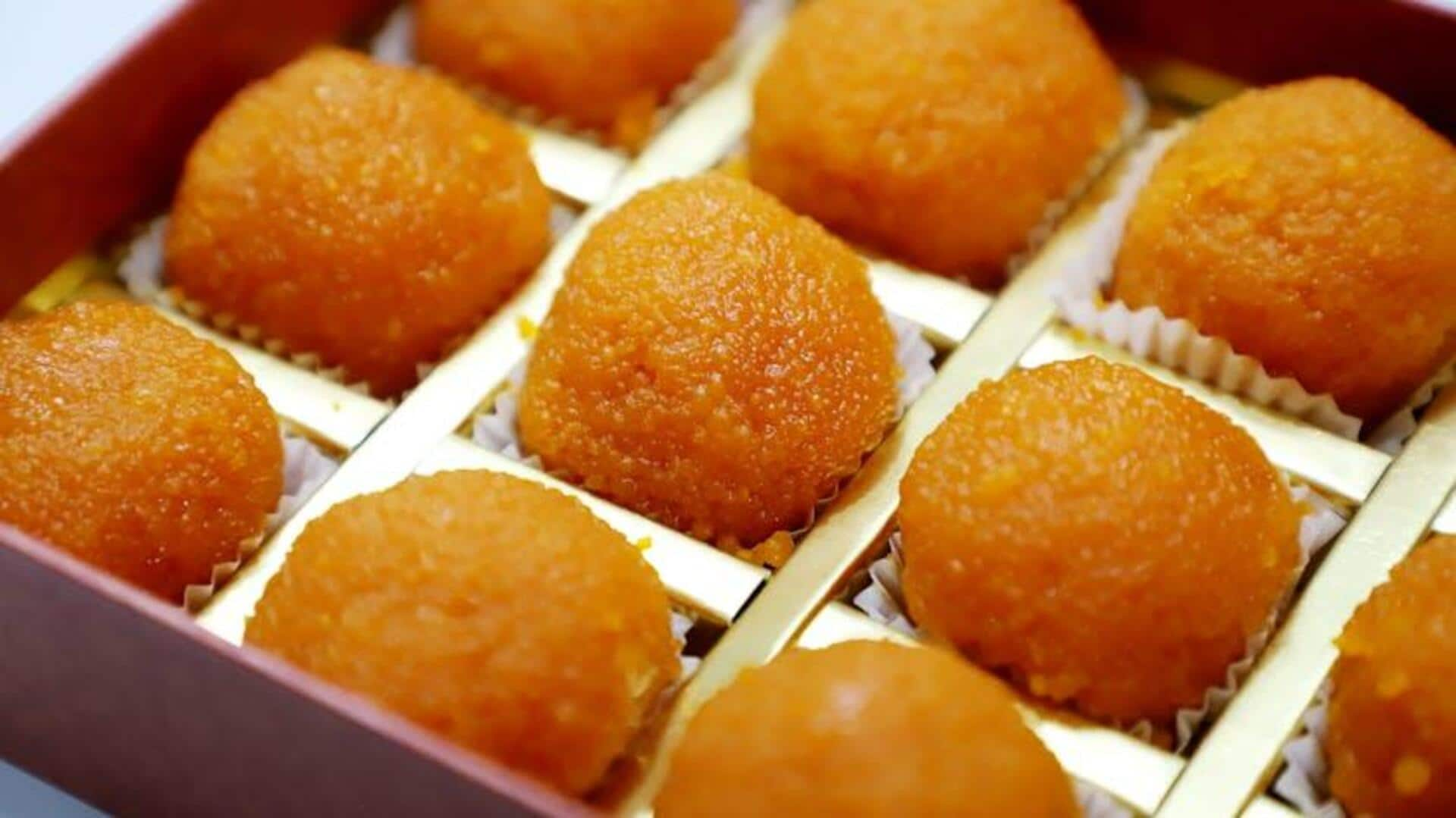
Tracing ladoo's journey: From rituals to festive sweet
What's the story
Ladoo, a favorite Indian sweet, has an interesting ancient history. From being a part of Vedic rituals, ladoos have transformed into a key component of festivals across India. Prepared with a range of ingredients such as gram flour, semolina, and coconut, these sweets are loved for their simplicity and heavenly taste. Here's how ladoo went from being ritualistic to a loved festive treat.
#1
Ladoo in ancient rituals
In ancient India, ladoos were an important part of Vedic rituals and ceremonies. Since they were easy to prepare and had a long shelf life, ladoos were often offered as prasad on religious occasions. The use of natural ingredients such as jaggery and ghee made them apt for sacred offerings. These primitive forms of ladoos represented prosperity and were thought to bring good fortune.
#2
Evolution into festive delicacy
Over the years, ladoo became more than just a ritualistic offering. With the evolution of food, so did the evolution of ladoos. Every region created its own with local ingredients like sesame seeds or peanuts. This diversification made ladoo a staple in Indian festivals such as Diwali and Holi.
#3
Varieties across regions
India's diverse culture is also evident in the many kinds of ladoos found in its parts. In Maharashtra, besan ladoo is a favorite, in South India, rava or coconut-based variants are preferred, while North India loves motichoor laddoo made with tiny gram flour pearls dipped in sugar syrup. Each one has a unique flavor that caters to different palates.
#4
Modern-day significance
Today's generation is more than happy to embrace traditional sweets like ladoo in festivities, despite modern cuisine influences. They represent our culture, adding sentimental value at family gatherings and special occasions like weddings and birthdays. This tradition makes ladoo timeless classics, loved by all ages and backgrounds, ensuring the legacy is preserved for the generations to come.